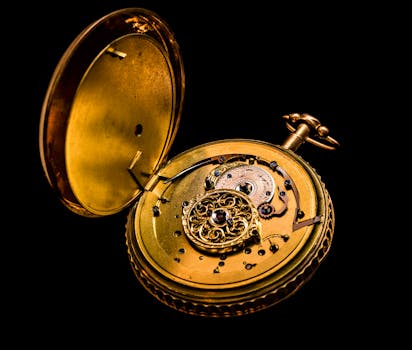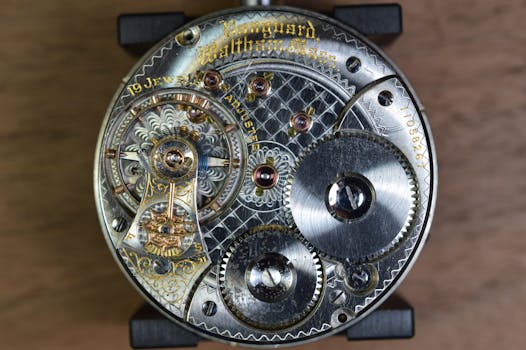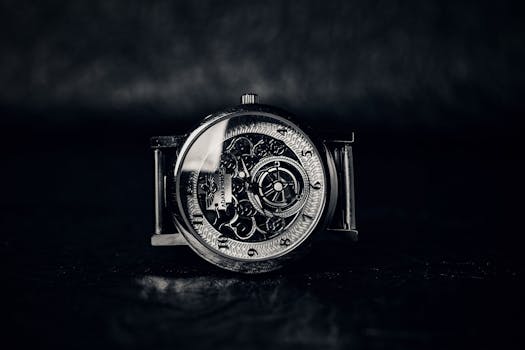
Introduction

Table of Contents
- Ancient Timekeeping Methods
- The Rise of Mechanical Watches
- The Quartz Revolution
- Modern Innovations in Watchmaking
- Conclusion
- Sources
Ancient Timekeeping Methods


These early methods laid the groundwork for more sophisticated timekeeping techniques. The need for accurate time measurement became increasingly important for navigation, agriculture, and daily life.
The Rise of Mechanical Watches

In the 16th century, advancements in watchmaking techniques led to the creation of portable timepieces. The invention of the mainspring allowed watches to be smaller and more accurate. The introduction of the balance wheel in the 17th century further enhanced precision, leading to the proliferation of pocket watches.
Swiss watchmakers became known for their craftsmanship and innovation during this period. Brands like Patek Philippe and Audemars Piguet emerged, setting the standard for luxury timepieces.
The Quartz Revolution

Quartz watches require less maintenance than mechanical watches and can be produced at a lower cost, leading to their widespread adoption. This period also saw the rise of digital watches, which offered new functionalities and designs.
Modern Innovations in Watchmaking

Additionally, advancements in materials and manufacturing techniques have led to the development of watches that are more durable and lightweight. The use of ceramics, titanium, and even carbon fiber has changed the landscape of luxury watches.
Furthermore, traditional watchmakers continue to innovate, incorporating new technologies into their mechanical watches while maintaining the artistry and craftsmanship that define their heritage.
Conclusion








